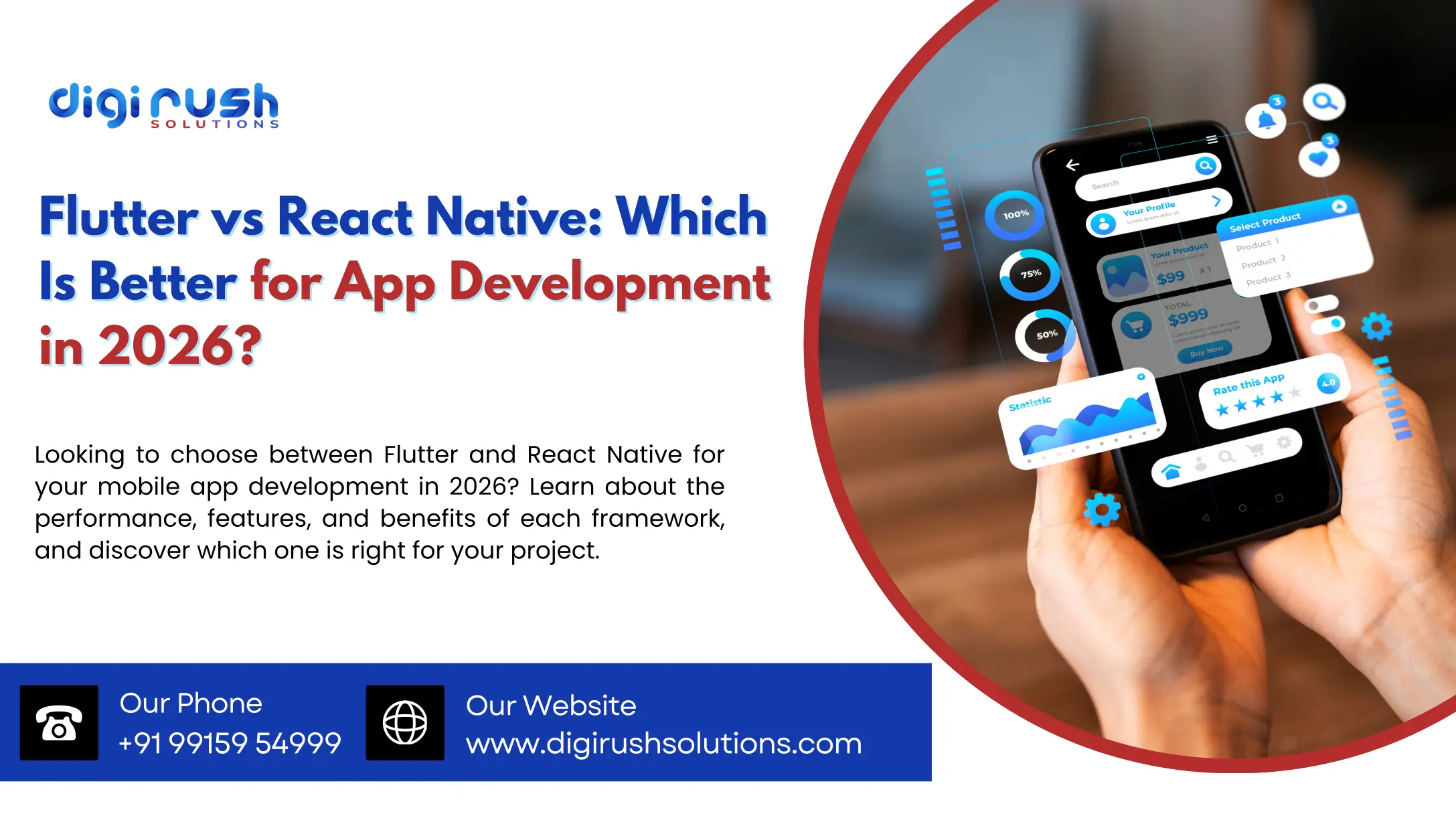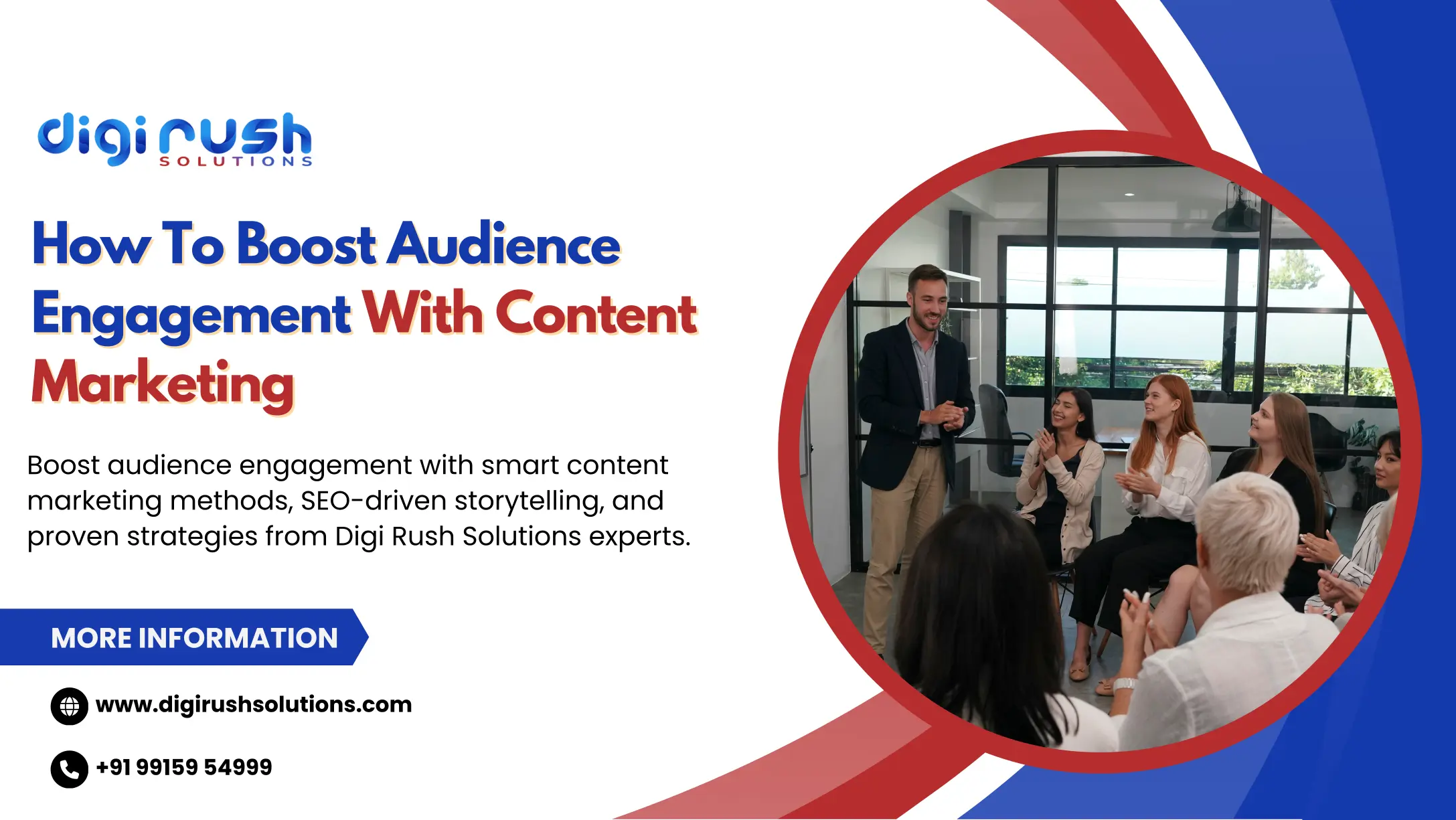
Large Language Models (LLMs) have quickly become one of the most potent tools in AI, driving advancements in everything from customer service automation to content generation.
However, as impressive as these models are, they often come with challenges such as high computational costs and slow processing times. This is where LLM optimization comes in, ensuring that the models perform at their best without compromising on accuracy or speed.
In this article, we'll dive into nine practical techniques for optimizing your LLMs, making them faster, more efficient, and more accurate.
Whether you're a business in India looking to improve your AI solutions or a developer working on cutting-edge machine learning models, these strategies can help take your LLMs to the next level.
1. Fine-tuning for Specific Use Cases
One of the most effective ways to enhance an LLM is through fine-tuning. Fine-tuning involves taking a pre-trained model and tailoring it for a specific task or domain.
This is particularly useful when you're looking to apply the LLM to a unique use case, like customer support or content generation for a specific industry.
Instead of using a general-purpose model, fine-tuning allows the LLM to understand the context of your data better, making it more accurate and efficient.
For businesses in India, content marketing services can benefit significantly from fine-tuned models, ensuring that AI-generated content is highly relevant and tailored to your target audience.
2. Pruning for Faster Results
Pruning is a technique where unnecessary parameters in the model are removed. The goal is to make the LLM lighter and faster by eliminating weights and neurons that don't contribute to its performance.
By pruning the model, you can reduce the computational burden without significantly affecting the quality of results. Pruning is beneficial when deploying models in production, as it improves inference time and reduces memory usage.
For businesses focusing on improving the performance of their AI solutions, local SEO services in India can also benefit from faster content generation and quicker updates to your Site, boosting user engagement.
3. Quantization: A Smart Way to Reduce Computation
Quantization reduces the precision of the model's calculations, switching from high-precision floating-point numbers to lower-precision integers.
This results in faster performance and reduced resource usage without a noticeable drop in accuracy.
This technique is beneficial for models running on devices with limited resources, such as mobile phones or edge devices.
In India, businesses can apply mobile SEO optimization to ensure that their AI models work efficiently across all platforms, especially on mobile devices, where performance optimization is key.
4. Knowledge Distillation for Compact Models
Knowledge distillation is an effective method for transferring the knowledge from a larger model (the teacher) to a smaller one (the student).
The student model mimics the teacher model's behaviour, retaining much of its performance but with fewer parameters. This results in a smaller, faster, and more efficient model.
For businesses in India looking to scale AI applications, knowledge distillation is a great way to ensure that you have lightweight yet powerful models.
Additionally, with a focus on improving Organic Search Visibility, businesses can ensure their models provide accurate, relevant, and SEO-friendly results without straining computational resources.
5. Switch to Efficient Transformer Architectures
Transformers are the backbone of most LLMs, but they can be resource-intensive. To address this, researchers have developed more efficient versions of transformers, such as Linformer and Reformer, which require fewer computational resources while maintaining high performance.
Switching to these more efficient transformer architectures can significantly speed up model processing times. For businesses aiming to stay competitive in the digital age, integrating these models with local SEO services in India can help them generate content quickly and effectively, boosting local search rankings without excessive overhead.
6. Hyperparameter Tuning for Better Results
Hyperparameter tuning involves adjusting the settings of the model to achieve optimal performance. This could mean changing the learning rate, batch size, or the number of layers in the model.
Minor tweaks in hyperparameters can result in better accuracy, faster training times, and improved overall performance.
By systematically tuning these parameters, you can fine-tune your LLM to handle large datasets and complex tasks more efficiently.
If you're working on an SEO project, consider how hyperparameter tuning can improve your content marketing services to ensure that the content generated by your LLM ranks better on search engines.
7. Distributed Training for Faster Development
Training large LLMs can be time-consuming, especially when working with massive datasets. Distributed training splits the workload across multiple machines or GPUs, significantly speeding up the training process. This approach is essential when you're working with large datasets and need to train models more quickly.
By using distributed training, businesses can accelerate the deployment of LLMs, enabling them to respond to changing market demands faster.
In India, this can also support rapid scaling of AI-driven marketing efforts, making it easier to optimize Organic Search Visibility and stay ahead of competitors.
8. Data Augmentation to Improve Accuracy
To make your LLM more robust and adaptable to various contexts, data augmentation is a must. This involves artificially increasing the size of your training dataset by introducing slight variations, such as paraphrasing or adding noise to the text.
With a larger and more diverse dataset, your model can generalise better, improving its accuracy and reducing the risk of overfitting.
For businesses focusing on mobile SEO optimization, this can enhance the model's ability to create content that resonates with a broader audience, particularly those accessing your Site through mobile devices.
9. LLM Optimization vs SEO: A Key Distinction
LLM optimization and SEO are often confused, but they serve different purposes. While SEO is focused on improving website visibility by optimizing content with relevant keywords, LLM optimization is about refining the model itself to process language more efficiently and accurately.
That said, LLM optimization can have a significant impact on SEO strategies. Optimized models can generate content that is not only accurate and relevant but also SEO-friendly, enhancing your overall content marketing strategy.
By pairing content marketing services with LLM optimization, businesses can ensure that the content produced by AI is both high-quality and optimized for search engines.
Conclusion
LLM optimization is not just a technical necessity—it's a strategic move that allows businesses to make the most of their AI investments.
Whether you are fine-tuning models for specific tasks, pruning them for better performance, or leveraging more efficient architectures, these techniques can help improve both speed and accuracy.
For businesses in India, optimizing LLMs is essential for staying competitive in fields like e-commerce, customer service, and content creation.
By incorporating these proven optimization techniques, businesses can create faster, more efficient models that enhance the user experience, reduce costs, and drive growth.
For more insights on how to optimize your AI solutions, visit Digi Rush Solutions.
Recent Blog







